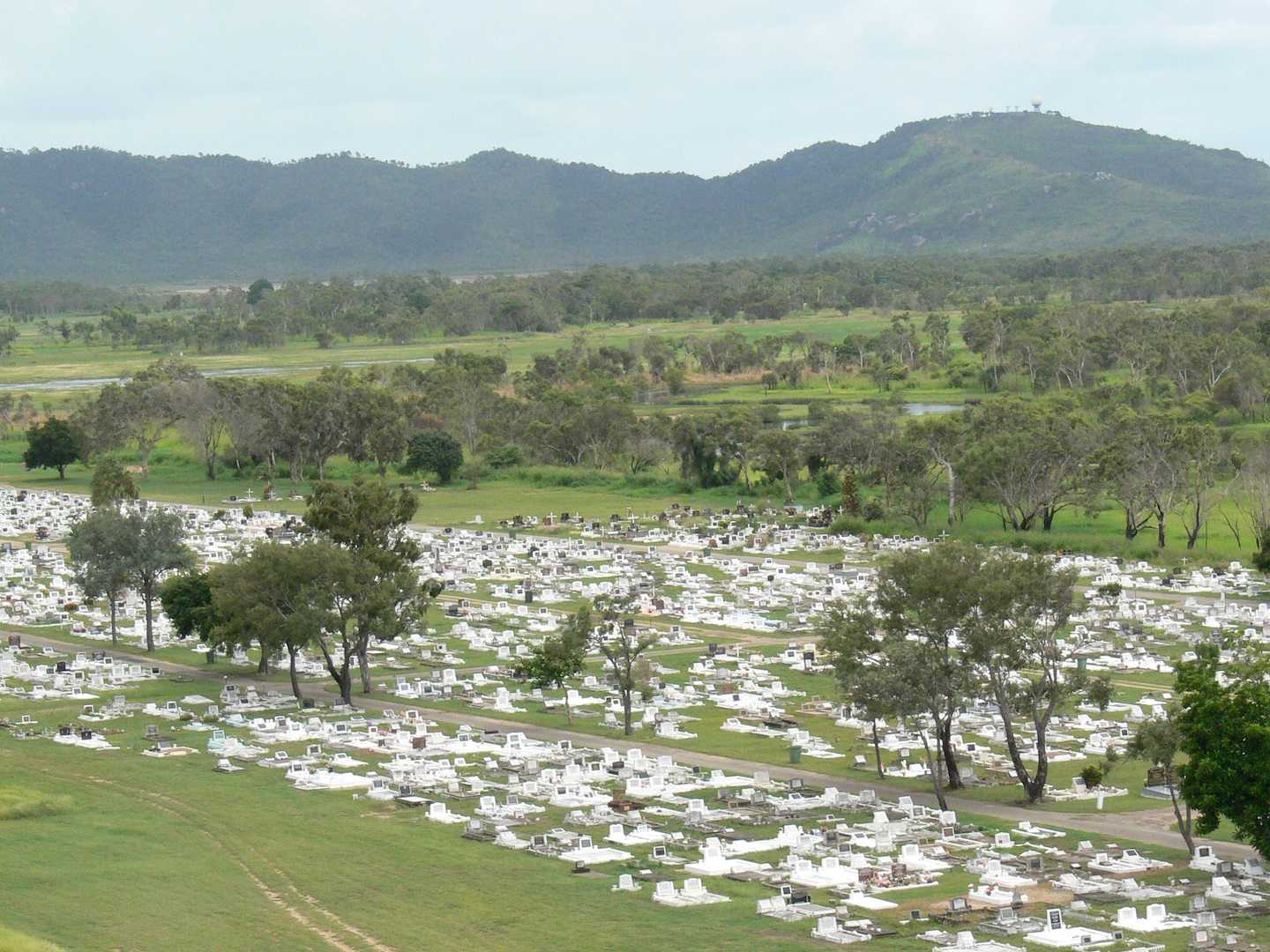4000
BC
to
1000 AD |
Coastal
and catchment processes acted to form the dunes, coastal plains and
waterways and create the Rowes Bay wetlands and associated landscapes
from Kissing Point to Many Peaks Range. The system of dunes and swales
extends approximately 2.75 kilometres inland from the existing
coastline. |
| ???? to +19?? |
Aboriginal
Traditional Owners would have used the Town Common and surrounding
wetlands as part of their range for hunting and gathering food and
other resources. Parts of the Many Peaks Range may have been used for
camp sites and provided a vista to see what was happening on the
surrounding plains and out to sea. |
1864
|
Establishment of Townsville by European settlers. |
| 1865 |
Market
gardens and a dairy farm established near Jimmy’s Lookout. Vineyard
established at Kissing Point.
|
| 1869 |
The
Townsville Town Common is gazetted (GG 26.6.1869) and includes the
Rowes Bay wetlands.
|
| 1870s |
The
vineyard had closed down and the market garden area was being called
German Gardens. The Town Common is in use for pasturage of town
residents and visitors cattle and horses.
|
| 1874 - 1891 |
Development of the Townsville Port breakwaters.
|
1900
|
Residential
housing
starts to extend towards Rowes Bay
|
| Pre 1870 |
The
vineyard had closed down and
the market garden area was being called German Gardens |
| 1870 |
Development
of the Townsville Port
breakwaters |
| 1874 to 1891 |
Residential housing starts to extend towards Rowes Bay |
| 1900 |
The Sanitary Reserve over much of the Rowes Bay
wetlands was established |
Early 1914
|
The Townsville Town
Common
is gazetted as a Pasturage Reserve under new land administration
legislation (The Land Act of 1910).
|
1914 - 1918
|
World War I. German
Gardens
renamed Belgian Gardens
|
Early
1920s
|
Heatley’s
Parade and the road to the Pallarenda Quarantine Station were
constructed
|
1924
|
The
Sanitary Reserve was established from the Pasturage Reserve. It
included much of the current Rowes Bay wetlands
|
1939
|
Townsville
airport/military base established
|
1939
- 1945
|
World
War II
|
1940s
to 1960s
|
Tidal
mudflats between Castle Hill and Kissing Point are ‘reclaimed’ for
residential development
|
1950s
|
Most
of Belgian Gardens and North Ward streets had been laid out
|
1961
|
The population of Belgian Gardens (129 houses), North
Ward (113 houses) and Rowes Bay (76 houses) had swollen to around 1600
|
1960s
|
Most
of
the Rowes Bay street network had been laid out. The One Mile Creek
drain was nearing completion, replacing the lower 0.8 km of Mundy Creek, as part of the
Town Common drainage
works.
|
Dec
1971
|
Cyclone Althea see Bureau
of Metreology report (4.6 Mb)
|
1974
|
Mundy
Creek
channel reclaimed and built on (Built score = Belgian Gardens 151
houses, North Ward 129 houses and Rowes Bay 88 houses).
|
1970s
|
RSL
retirement village was built comprising some 70 villas.
|
1990s
|
Another
2.5 hectares of wetlands were approved for reclamation to extend the
RSL retirement village
|
2007
|
|
2007-
2010
|
|
2010
- 2012
|
|

